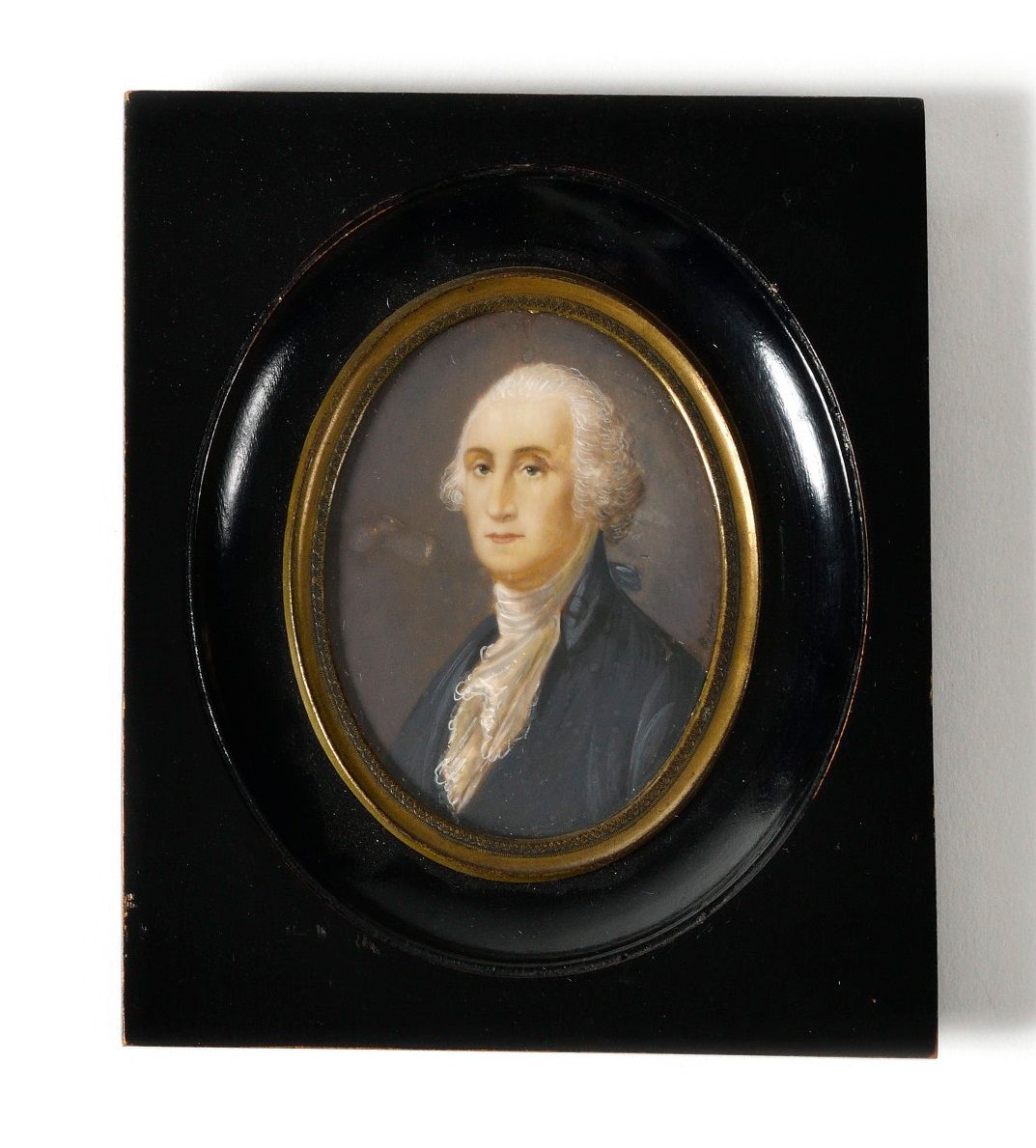Description
"George Washington" oval miniature, circled with brass, under glass. 8 x 6 cm. Wooden frame. A.B.E. Late 19th century, early 20th century.
78
"George Washington" oval miniature, circled with brass, under glass. 8 x 6 cm. Wooden frame. A.B.E. Late 19th century, early 20th century.
You may also like
